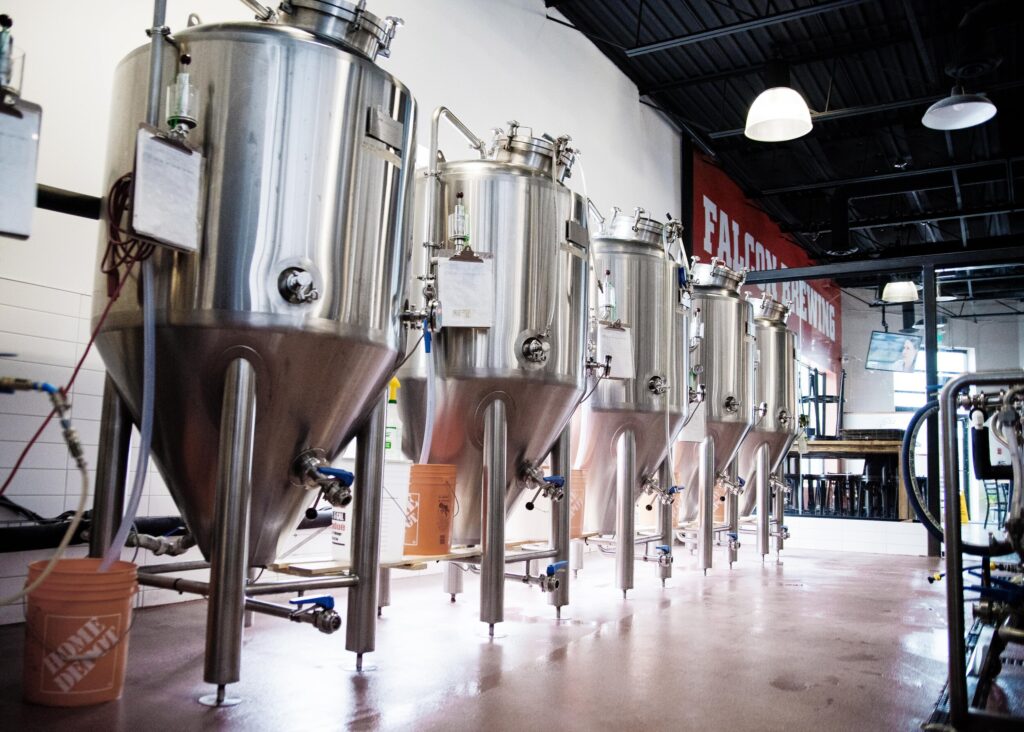10 Feb, 2023
How to Start a Brewry
Wondering how to start a brewery? It’s an excellent idea. But you’ll need to be aware of the federal and state laws involved with this business model. And other things like equipment costs. There’s a lot to think about if you want to start a small business in the craft beer industry.
Is Owning a Brewery Profitable?
Any new business is concerned with the bottom line. A new venture in the brewing industry is no exception. Here’s some numbers budding entrepreneurs can mull over.
- Small scale breweries are a great model. The profit on a keg is 75 percent.
- There’s some headwinds. The Brewers Association reported a 9% decline for craft brewers in 2020. That’s pandemic related.
Overall, the beer market in the USA was worth $94.1. billion in 2020. The craft beer market market was $22.2 billion.
How Much Does it Cost to Start a Brewery?
You need to spend money to start one of these small businesses. Many breweries will set you back $500,000 to $1 million.
Both major expenses and smaller ones need to be covered in your startup costs. These include staff salaries, ingredient prices, utilities, rental fees and of course cost for equipment to name just a few.
Don’t forget to put a market analysis focusing on the craft beer community in your business plan.
How to Open a Brewery
Starting your own business is about more than just figuring out start up costs. You might be looking to turn your home brewery into a business, so there are many options. Use the following steps as a guide and watch your craft brewery take shape.
1. Look at the Current Market (and other Brewery Owners)
Look into neighborhood features and demographics. And what other breweries are doing as well as problems facing the beer industry.
2. Name and Brand Your Business
Brand identity will separate you from the competition. A good name gives customer a first impression. It should be meaningful and distinctive. You need to trademark it. And you’ll get more sales when it’s visual–suited to graphics and packaging.
3. Choose a Niche
Choosing the right niche is a big part of being successful when you’re selling craft beers. There’s several options that appeal to specific craft beer drinkers.
- A Taproom brewery sells beer onsite. There’s no restaurant.
- A Nano Brewery is the smallest.
- A Microbrewery produces 15,000 barrels a year.
- A Brewpub adds food in a restaurant/bar setting.
- Contract Brewing Business. These hire other smbs to produce their beer.
- Regional Brewery. These are recognized worldwide.
4. Write a Brewery Business Plan
A good business plan is a financial road map. It’s also an overview detailing things like the startup capital needed. And it includes numbers like projected cash flow.
Here’s a few boxes to check.
- Executive Summary. Cover what’s to come in one page.
- Business Overview. Just the facts here–contact details, legal address, name.
- Description. Add the goals and objectives.
- Market Analysis. Fill in the stats and trends for your niche.
- Competition Analysis. Make sure to include both direct and indirect competitors.
- Marketing. What’s your strategy? Add in promotion ideas, pricing etc.
- Operations. An overview of your day to day. Don’t forget staffing and licensing requirements.
- Financials. Pitching to investors and/or looking for a loan? Include the money details here like expenses, costs, forecasted revenue.
5. Register and Form a Business Structure
The right business format is critical. The one you choose dictates your smb structure.
- Sole Proprietorship. This is top-of-list because its the simplest. But you’re responsible for all the liabilities and debts.
- General Partnership. There are two or more owners here. Partners divvy up both profits and losses.
- Limited Partnership. You’ll need to file paperwork in your state to form an LP. A limited partner is usually an investor.
- C Corporation. A business entity with shareholders and others with control over the brewery. Lots of tax deductions.
- S Corp. The profits and losses here can be filtered through the owner’s personal returns.
- Limited Liability Company. There’s big bonuses here. Less paperwork and no owner personal liability for profits and losses.
 6. Create a Business Bank Account
6. Create a Business Bank Account
Opening a business bank account leads to a business credit card. Buy equipment and supplies. You’ll need an Employer Identification Number and other documents like a business license.
7. Look into Small Business Loans
There’s costs involved with breweries. You’ll need funding. Here’s a few options.
- Traditional avenues like bank loans, SBA loans, business lines of credit. Here’s a bit on the process for these.
- Crowdfunding or CrowdBrewed is a relatively new way to get funding. Supporters donate cash online.
- Investors. A solid business plan helps your pitch.
8. Choose a Location
Choosing the right location is about how much space you’ll need. Craft breweries should consider the following.
- Utilities. Look to see if your gas, electric, water and sewer needs will be met.
- Your needs and wants. For example, your day to day operations might not need a loading dock. Sometimes a forklift and drive in door will do. This depends on how much beer you sell.
- You’ll need to have some restroom stalls for a tap room.
Other considerations include local zoning regulations and leasing considerations.

